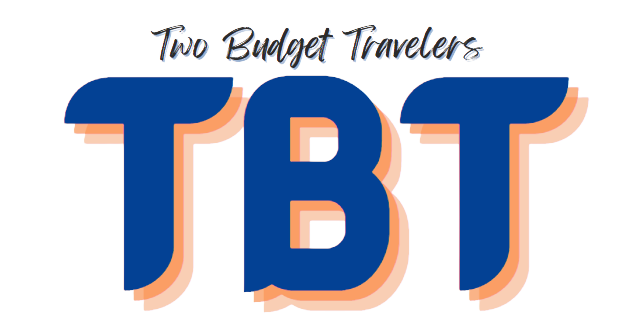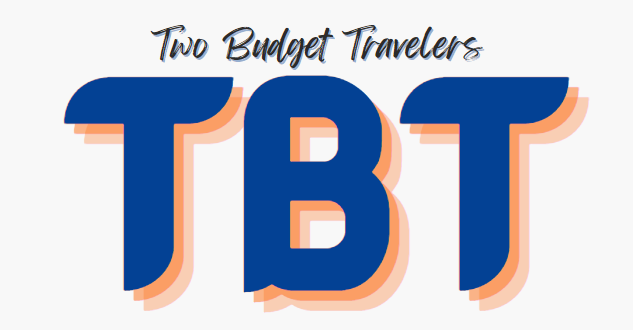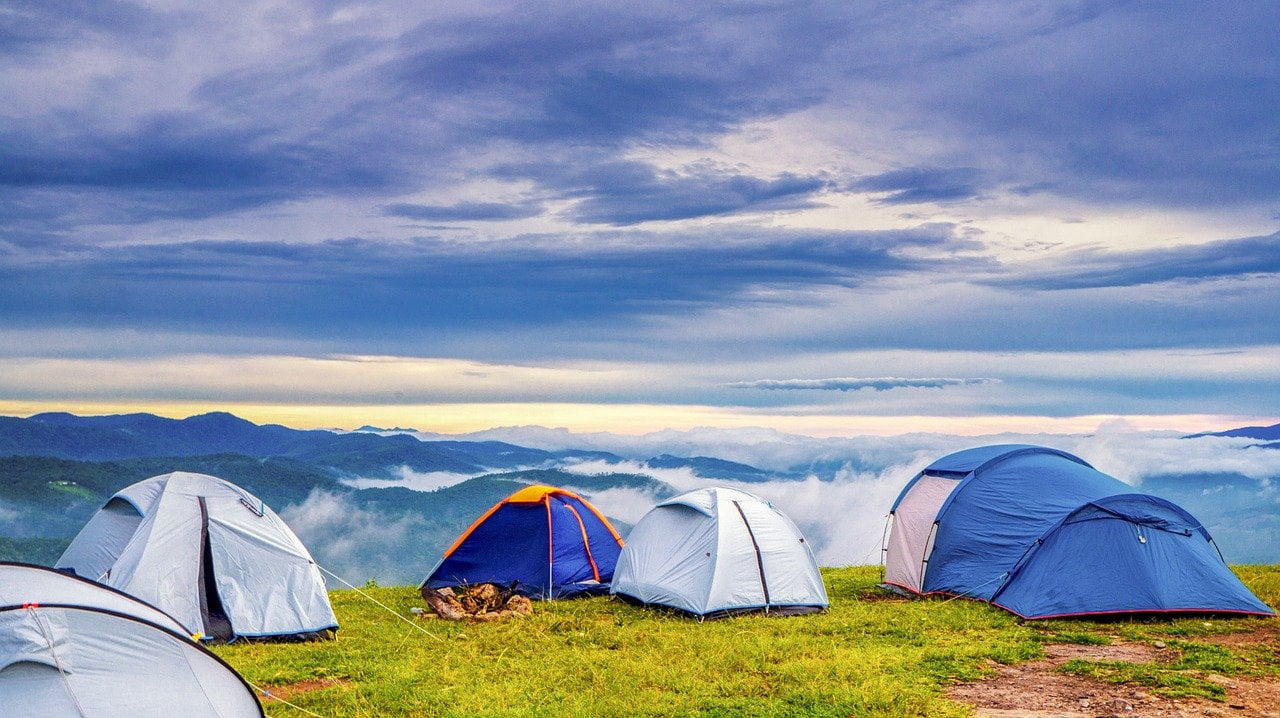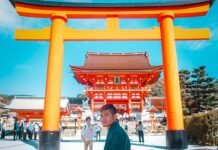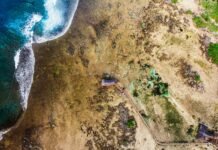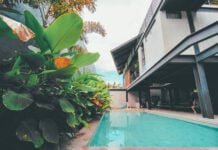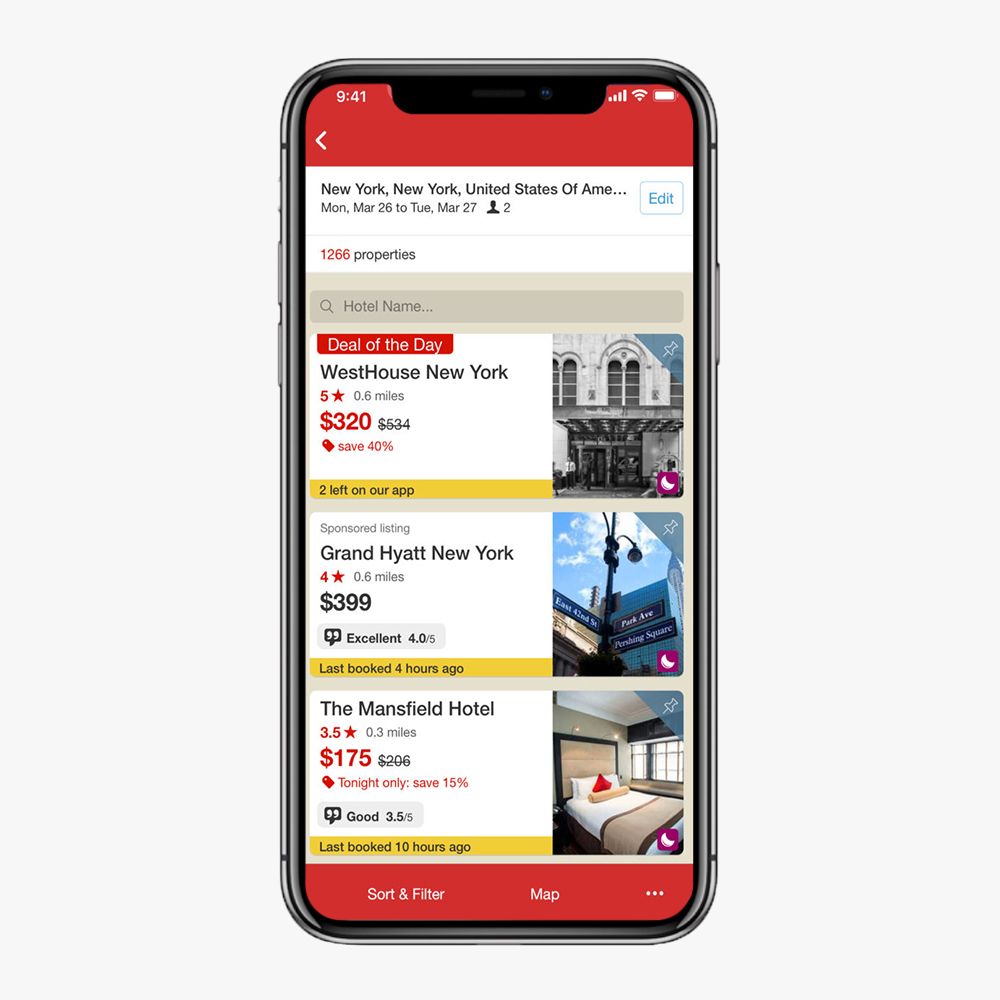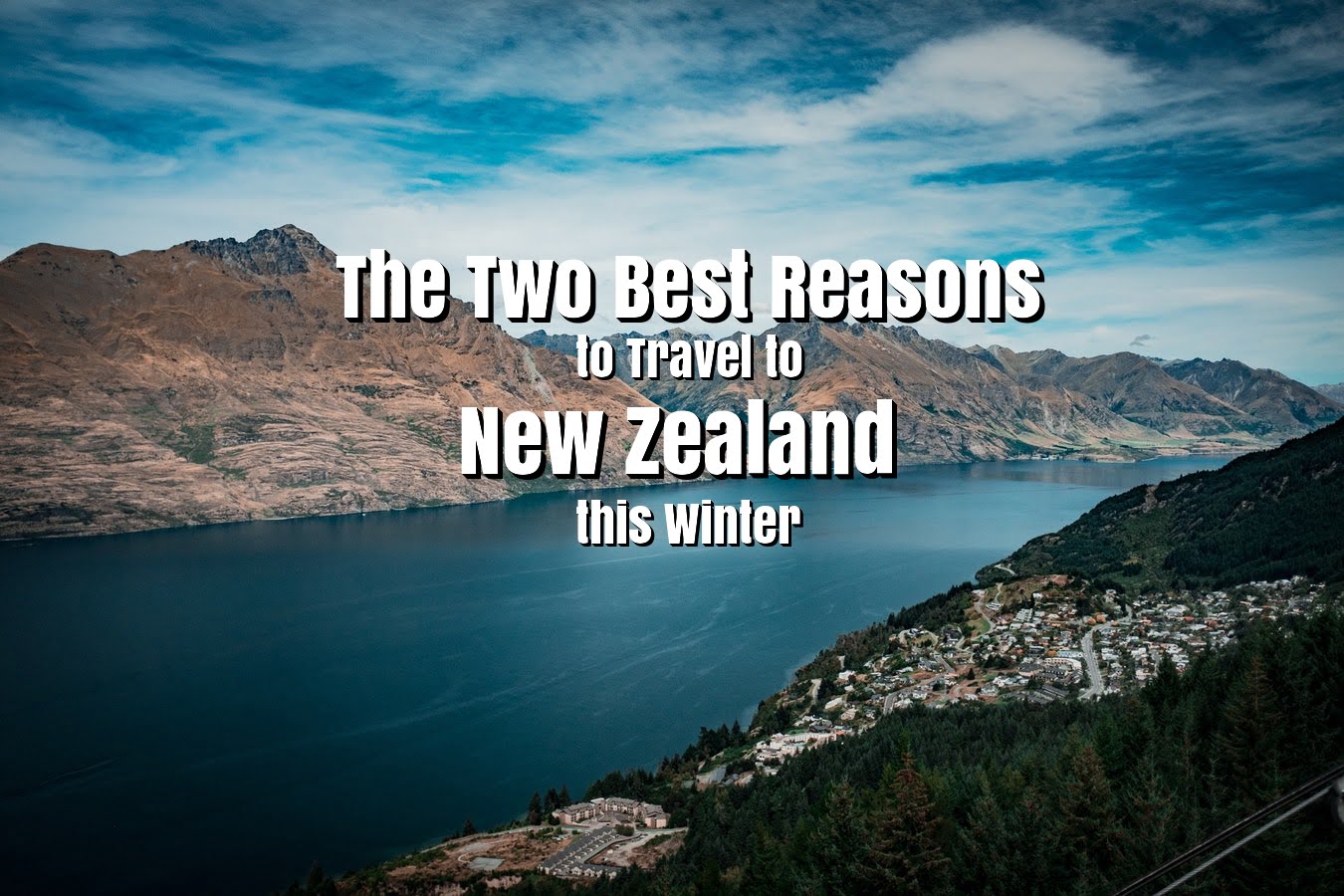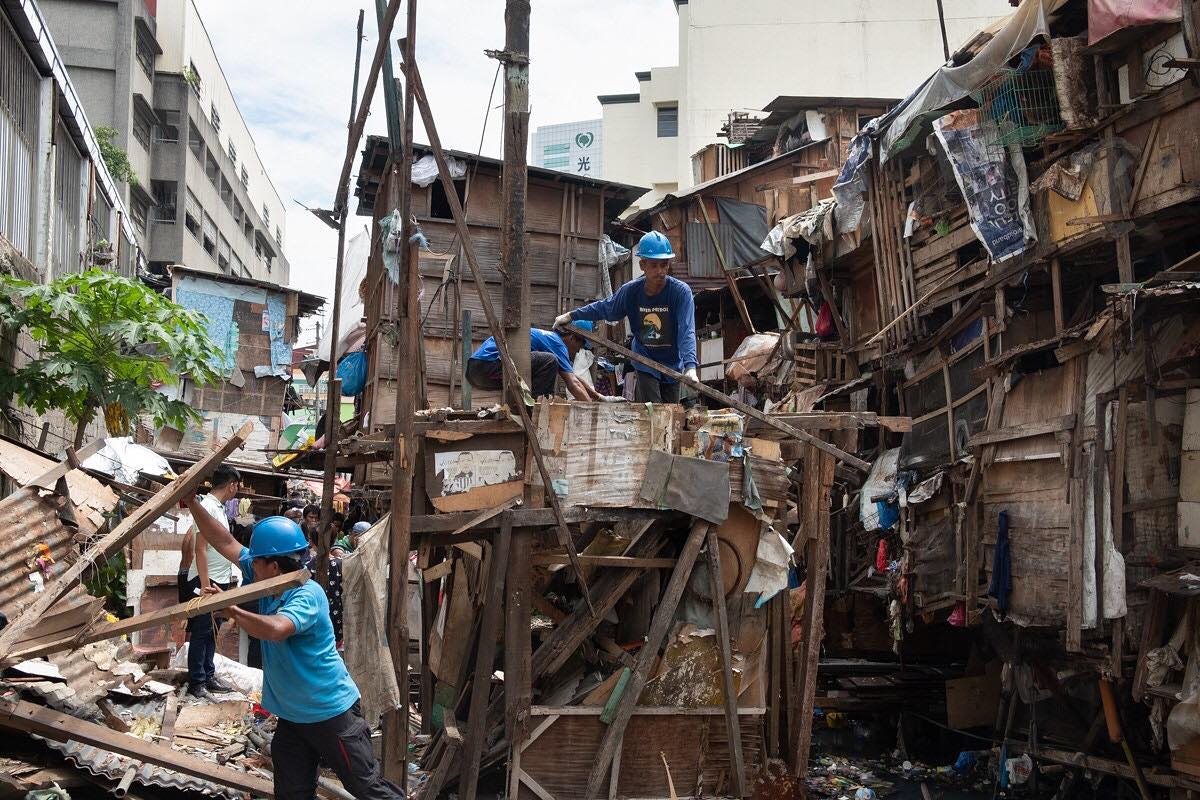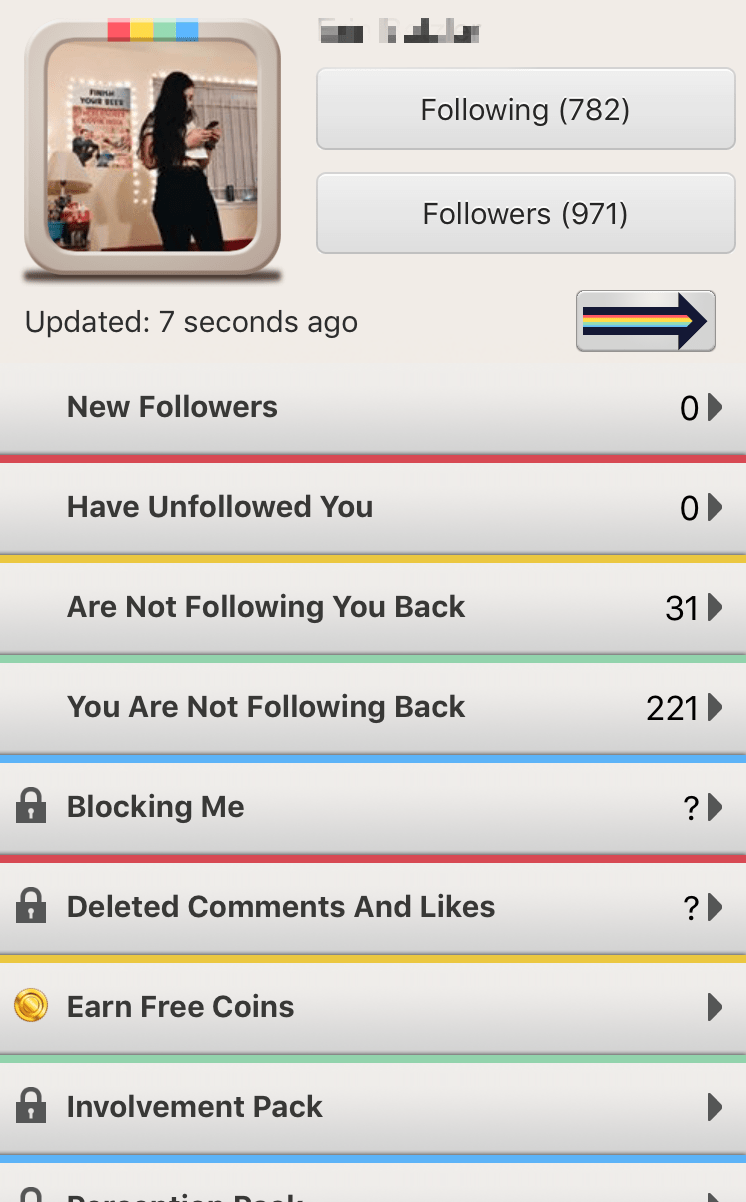It doesn’t matter whether you’ve been doing it for years, or you’re just getting started, camping is an incredibly fun activity you can do both on your own, and with friends and family. You get some fresh air, breathtaking views, and you get to leave your house and enjoy some peace.
And make no mistake, the US has the perfect conditions for many. We’re talking about incredible wildlife, stunning landscapes, and some of the world’s most breathtaking trails to conquer. All you’ll need is the proper essential gear, you can check Hyke & Byke for some really cool, quality, and affordable sleeping bags & tents, and a bit of time!
So, what are some of the US’s best camping places? With so many options, we’re taking a look at the three options you absolutely mustn’t miss, so read on!
Denali, Alaska
A country that’s popular for the incredible wildlife that you can come across, Alaska is a camper’s paradise. And there’s no better place to experience all that wildlife and stunning bird species than the Denali National Park. Known as the location of Denali, also known as Mount McKinley, which is North America’s tallest mountain, the park spreads across six million acres of open land that you can enjoy.

Copyright: Unsplash | CC0 Public Domain
As part of the national park, you have 291 camping sites, and they’re spread across six campgrounds. Of course, for the adventurous folks, backcountry camping is also possible – all you’ll need is a permit, which is available for free. Note that with so much wildlife, this isn’t something for the inexperienced. A potential downside is that Riley Creek is the only one that you can get to by car out of the six campgrounds.
What many people seem to love about Denali is the difficulty levels of the trails – they range from incredibly easy, to some rather challenging ones, so you can find a suitable one regardless of your skill level. Most of the trails will start right at the visitor center, so you don’t have to go out of your way to get to the trailhead.
READ: What is there to do in San Antonio, Texas?
When it comes to availability, the park is open throughout the year. Note that some of the roads are closed during winter due to the weather, so make sure you do your research before heading out.
Joshua Tree, California
Another national park, Joshua Tree covers over 800 thousand acres of surface. And while many people are admittedly not that enthusiastic about camping in the desert, you should know that there is a lot more than just sand in your shoes if you head out.
One of the best things about the national park is that it’s on an intersection between two vastly different ecosystems. On one hand, you have the Mojave Desert, which is home to the Joshua tree that gave this national park its name, while on the other is the warm Colorado Desert.
To add to this, rock climbing enthusiasts will love the fact that you have 10 peaks with over 5,000 feet in terms of elevation, so you can try your hand at altitude camping as well. You can set up camp close to one of the rock climbing routes, too, and have a bit of fun.
There are nine campgrounds established in the park for you to choose from. Some of them will require you to make a reservation, while the others work on a first-come, first-served basis. You can do backcountry camping as well, as long as you register in advance. The national park is open year-round, but make sure you call in advance if you’d like to camp there and check availability.
READ: World’s Best Cruising Destinations
Crater Lake, Oregon
If you’re wondering what’s cool about Crater Lake, that’s a simple answer – it’s a sleeping volcano you get to hang out in. Wake up in the morning and cool off in the US’s deepest lake, sitting at almost 2,000 feet. It’s one of the cleanest bodies of water in the US, which is a stunning fact in and of itself.

Copyright: Unsplash | CC0 Public Domain
You have two options for camping, Mazama and Lost Creek, as part of the national park. Mazama is a few miles of Rim Village, and has plenty of room for RVs, along with electric hookups. On the other hand, Lost Creek is for tent camping only and is oftentimes the preferred location. Of course, backcountry camping is an option, as long as you get a permit.
A thing to note is that Mazama is only open from the beginning of June to the beginning of October, and Lost Creek is open from the beginning of July, to the middle of October. Backcountry camping is an option between the middle of July and the beginning of September. This is due to the high altitude nature of the national park, and with such a limited time frame, make sure you call to make reservations.
